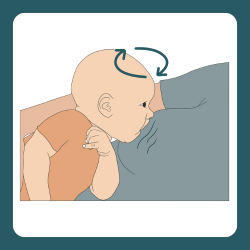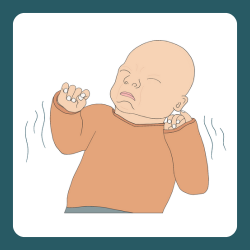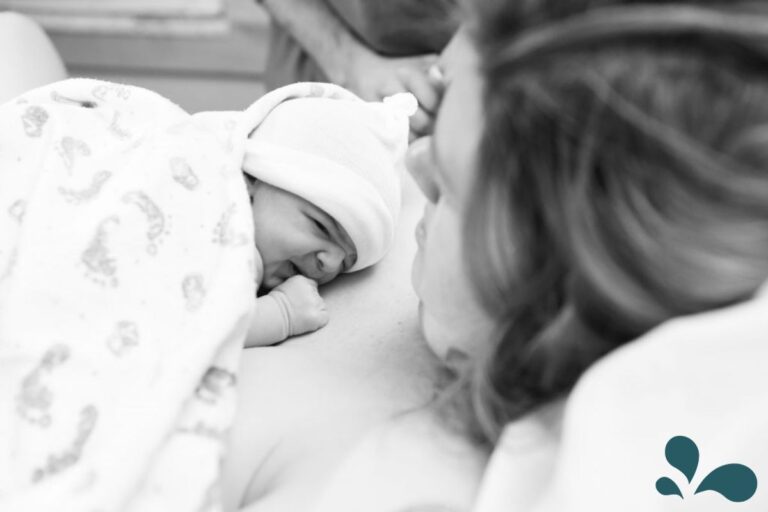We’ve learned that it’s best feed your baby on-demand when they start showing signs of hunger. Feeding on-demand helps you meet all of your baby’s needs—hunger, comfort, bonding, and developmental needs. Did you know that often, crying is a late-stage hunger cue?
There are three stages of hunger cues: early, mid, and late.
- Early hunger cues: “I’m Hungry”
- Opening Mouth
- Sucking motions
- Tongue extension
- Rooting behavior
- Turning head side to side
- Sucking on anything
- Mid-stage hunger cues: “I’m Really Hungry”
- Hands to face
- Whimpering
- Body wriggling
- Body flexion
- Late hunger cues: “Calm Me, Then Feed Me”
- Fussy
- Agitated
- Crying
- Turning red

Early Hunger Cues—“I’m Hungry”
With baby showing you the below signs of hunger, this is when you ideally want to jump on the feeding train and get started. You should look for the following:
Opening Mouth

Sucking motions

Tongue extension

Rooting behavior

Turning head side to side

Sucking on anything


By being in-tune and watching for these cues, you can truly feed your baby on demand. Feeding the baby when the baby is showing early hunger cues will prevent the baby from ever entering a state of over-hunger and can help with establishing breastmilk supply.
Mid Hunger Cues—“I’m Really Hungry”
Once we’ve entered this stage, we are pushing baby to his or her breaking point. We need to feed baby as soon as possible. You’ll know that you’ve reached mid-hunger cues once you see baby adding these cues on to the early cues:
Hands to face

Whimpering

Body wriggling

Body flexion


Feeding baby at this stage is our final opportunity to feed before having to calm baby before the feeding.
Late Hunger Cues – “Calm Me, Then Feed Me”
This stage happens to the best of us. You are out and about, stuck in the car, trying to get to where you need to go, and baby is just over it. We know a baby is at late hunger cues when the following cues occur:
Fussy

Agitated

Crying

Turning red


None of these symptoms are pleasant for any parent, and no parent wants to push baby to this point. However, once these cues occur, we need to calm the baby first and then feed to establish a healthy feeding routine. If we try to feed a baby while the baby is angry, either baby will not eat, or the baby will associate breastfeeding as a means of comfort, which is okay too.
By feeding baby before reaching that panicked stage, baby will feed in a more manageable approach. Further, it helps babies feel more secure, setting them up for better social, educational, and emotional outcomes (source).
As you learn to read your baby’s cues (and you will), trust yourself—you can do this.








